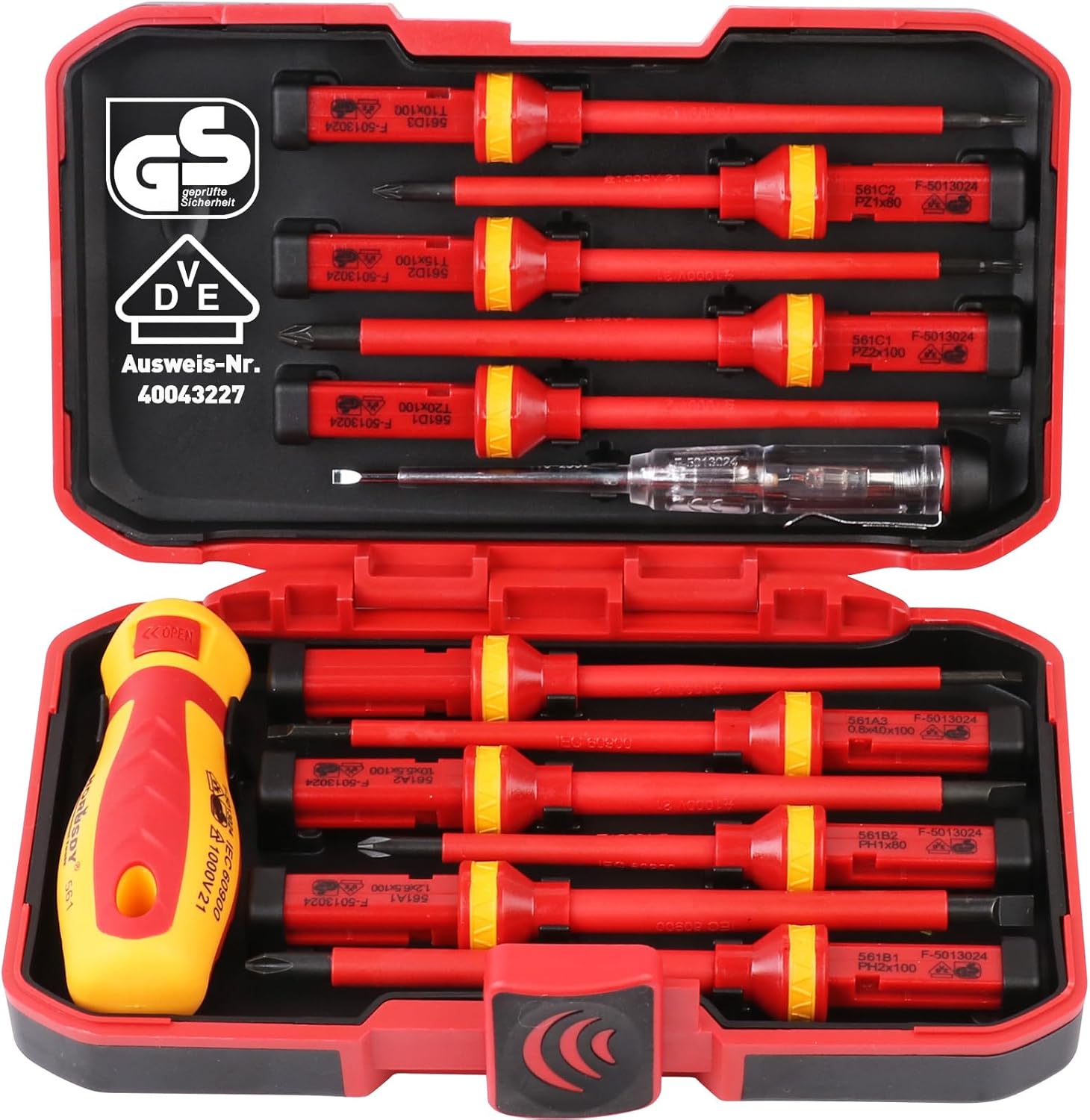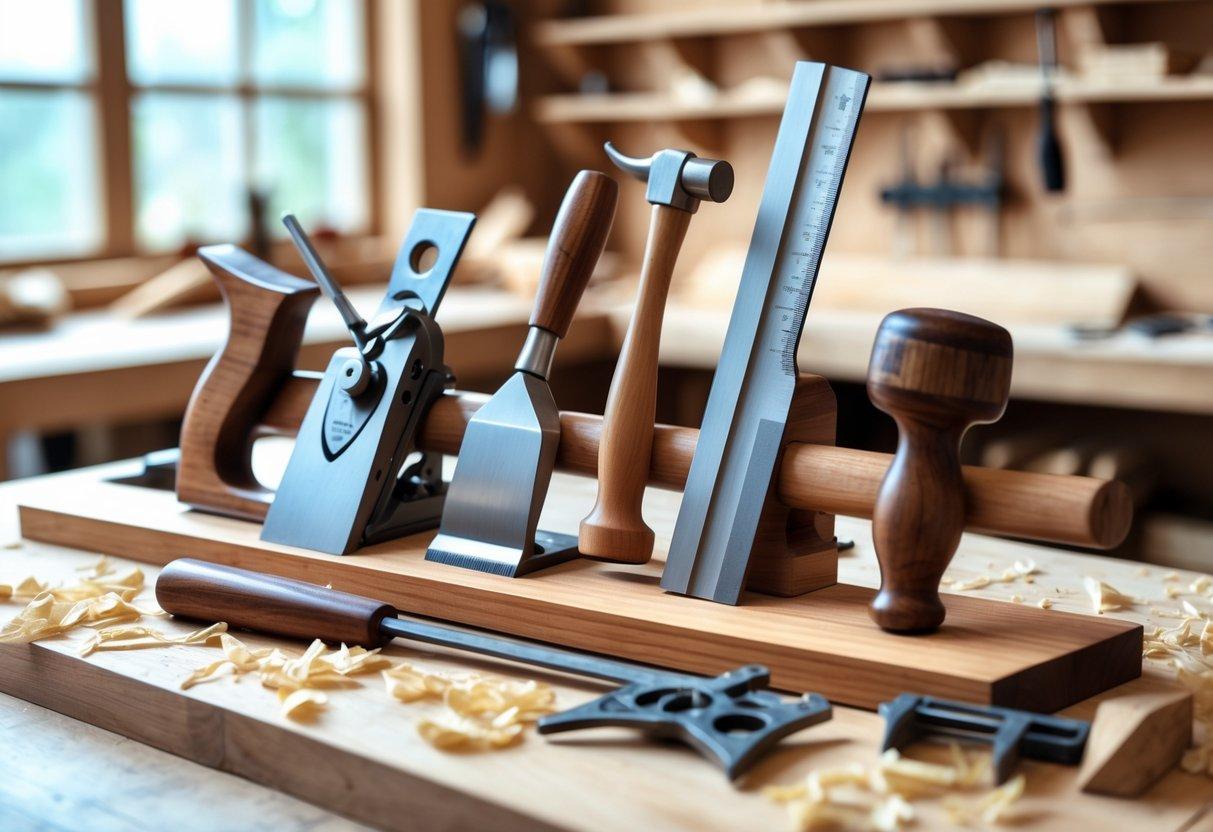Getting a smooth, professional finish on cabinet doors starts with sanding. Sanding removes old paint, smooths out bumps, and helps the new paint stick better. Without this step, paint may chip or look uneven.

I always make sure to use fine-grit sandpaper and work carefully over every surface. By paying attention to corners and details, I can avoid rough patches or missed spots that show up after painting.
Prepping the doors by sanding not only improves the final look but also helps the paint last longer. Taking a little extra time here makes a big difference when I see the cabinets finished.
Contents
Choosing the Right Sandpaper

Sandpaper grit matters when sanding cabinet doors for painting. The right grit smooths the wood and helps paint stick well without damaging the surface.
Understanding Grit Types
Sandpaper comes in different grits, which measure how rough or smooth it is. Lower numbers like 60 or 80 mean the sandpaper is rough and removes a lot of material quickly. Higher numbers like 120, 180, or 220 are smoother and give a finer finish.
Here’s a simple chart showing common grits:
| Grit Number | Type | Use |
|---|---|---|
| 60–80 | Coarse | Removing old finishes |
| 100–120 | Medium | Smoothing rough surfaces |
| 180–220 | Fine | Final sanding before painting |
If the doors have heavy varnish or flaws, I start with 80 grit. For newer or already smooth wood, I use 120 or 150 grit before moving to a finer grit.
Selecting Appropriate Sandpaper for Cabinet Doors
Cabinet doors are often made of hardwood or MDF. For wood, I avoid starting with grit lower than 100 to prevent deep scratches. After the initial sanding, I use 150 or 180 grit to smooth it out.
Before painting, I always finish with 220 grit sandpaper. This level makes the door smooth enough for primer or paint while leaving just enough texture for the finish to bond. For rounded or detailed parts, I prefer sanding sponges because they can bend to fit the shape.
Using the right grit at each stage limits extra work. If I jump to a fine grit too soon, I may not remove old finish or scratches. Skipping fine grits can leave the surface too rough for paint.
How Sandpaper Affects Paint Adhesion
The final sanding does more than just smooth the wood. The tiny scratches that sandpaper leaves behind help the primer or paint grip the surface. If I use very fine sandpaper, like 400 grit or higher, there may not be enough roughness, and the paint could peel.
Paint sticks best to a surface that’s slightly rough to the touch but free of dust. I always wipe the cabinet doors with a damp cloth after sanding to get rid of sanding dust. If the doors still feel glossy or slippery, I re-sand with 180 or 220 grit to be sure the paint will hold.
A properly sanded surface is one of the most important steps for a long-lasting and even paint job.
Preparing Cabinet Doors for Sanding

Before sanding cabinet doors, I focus on careful removal, cleaning, and inspecting each piece. Skipping these steps can cause problems during painting and reduce the quality of the finished look.
Removing Doors and Hardware
First, I use a screwdriver to remove each cabinet door from its hinges. I always label each door and its matching location using masking tape and a marker. This simple step helps me when it’s time to reinstall everything.
Next, I take off all handles, knobs, and hinges. I put the hardware and screws in labeled bags or containers. Doing this prevents losing small pieces and avoids scratching surfaces while sanding.
If any hinges seem stuck, I gently loosen them with a putty knife to keep the wood from chipping. I never rush this step because any damage now will be more complicated to fix later. Organizing hardware and doors keeps the work area uncluttered and helps me keep track of all parts.
Cleaning and Degreasing Surfaces
Cabinet doors, especially in kitchens, usually have grease and residue on them. Before sanding, I always clean each door with a degreaser, such as a mix of warm water and a mild dish soap, or a store-bought cleaner. I use a soft sponge or cloth to scrub all areas, including corners and edges.
For stubborn stains, I use a little baking soda with water. After cleaning, I rinse all surfaces with clean water and dry each door completely with a towel. I make sure there’s no excess moisture before moving forward.
If any residue remains, sanding will press it into the wood and make painting difficult. That’s why I pay extra attention to this step. Clean surfaces help the sandpaper last longer and create a smooth finish when painting.
Inspecting for Damage or Repairs
After cleaning, I inspect each cabinet door for cracks, dents, gouges, or peeling finish. I run my hand over the surface to feel for any rough spots or damage that may need attention. I also check for loose joints or split areas, especially around the edges and corners.
If I find small holes or cracks, I fill them with a wood filler using a putty knife. I allow the filler time to dry fully before sanding. If hinges left marks or splinters, I make a note to sand those spots extra well.
For warped or severely damaged doors, I consider replacing them or making more involved repairs. Noticing these issues before sanding saves time and makes the finished cabinets look more professional.
Sanding Techniques for Cabinet Doors

Before painting cabinet doors, I make sure to use the right sanding methods for each part of the door. Sanding helps the paint stick better, gives a smoother look, and stops the old finish from showing through.
Manual Versus Power Sanding
When I sand by hand, I have more control and can focus on small areas. Hand sanding works well for delicate spots or when I don’t want to remove much material. For general use, I often choose 120 to 150 grit sandpaper.
For large, flat surfaces, I sometimes use a power sander, such as an orbital sander. This machine makes sanding faster and more even. I use sandpaper discs that are easy to change when they get clogged with dust or paint.
Power sanders are not always safe for delicate corners or carved edges, since they can make dents or take off too much wood. I use them carefully, keeping the tool moving and never pressing down hard.
Sanding Flat Surfaces Effectively
Flat areas need even sanding so the paint will be smooth. First, I wipe down the door so that dust does not scratch the wood. Then I sand along the grain to avoid leaving swirl marks.
I start with a coarse grit, like 100 or 120, if there is an old finish to remove. Then I move to 150 or 180 grit for a finer surface. I make sure to sand all areas the same amount so I don’t end up with uneven spots or low spots.
After sanding, I always wipe off the dust with a damp cloth or tack cloth. This stops paint from getting bumpy later on.
Detail Sanding for Edges and Grooves
Cabinet doors often have raised borders, edges, or grooves. These spots are tricky to reach with a power sander. I use folded sandpaper or a sanding sponge for these parts.
For tight corners, a small detail sanding tool or even a sanding block cut to size helps me get into hard-to-reach spots. I’m careful not to round off sharp edges, since clean lines look better when painted.
When sanding detailed areas, I go slow and use gentle pressure. Rough sanding can change the shape of trim or leave scratches that show through the paint. I check my work by running my hand along each area to feel for any rough spots I may have missed.
Dealing With Old Finishes

When preparing cabinet doors for painting, I need to handle any existing paint or varnish with care. Removing these old finishes gives me a smooth surface and helps the new paint adhere better.
Removing Existing Paint or Varnish
I start by checking how many layers of paint or varnish are on the cabinet doors. For thick or multiple layers, I use a paint scraper or putty knife to lift as much as I can.
If the finish is stubborn, I might need to use a chemical paint stripper. I apply it following the instructions, let it sit, then scrape the old finish off. I always wear gloves and work in a well-ventilated space.
For thin coats or delicate areas, I use coarse sandpaper (like 80-120 grit) to remove the old finish gently. I’m careful around corners, carvings, and trim to avoid damage. Once most of the finish is gone, I use finer grit sandpaper to smooth the surface.
Here’s a quick checklist I follow:
- Test for lead paint if the finish is very old
- Work in small sections for better control
- Collect and safely dispose of all debris
Addressing Stubborn Coatings
Sometimes, there are areas where paint or varnish won’t budge. In those spots, I switch to sanding blocks or detail sanders to target the problem areas without damaging the wood underneath.
For decorative moldings and detailed spots, I use abrasive pads or even steel wool. If residue remains, I wipe the area with a damp cloth and let it dry before trying again.
I avoid digging too hard, which can gouge the wood. If any paint remains after several tries, I accept a thin film if it’s smooth and tight, since primer can cover that. But loose, peeling, or flaky finishes must come off before painting.
Before I move on, I check that all surfaces feel smooth to the touch and that dust is carefully wiped away. This step ensures the paint will sit evenly and last longer.
Safety and Dust Management
When sanding cabinet doors, I pay close attention to my safety and control dust as much as possible. This helps protect my health, keeps the workspace cleaner, and prevents dust from spreading.
Essential Personal Protective Equipment
I always wear the right personal protective equipment (PPE) when sanding to protect myself from dust and debris. My main items include:
- Dust mask or respirator: I use a well-fitted N95 or P100 mask that blocks fine dust, including particles that may contain lead, especially if the cabinets are old.
- Safety goggles: My eyes are shielded from flying particles by wrap-around goggles or safety glasses.
- Gloves: I choose sturdy gloves to protect my hands from splinters or rough surfaces.
- Ear protection: When using power sanders, I put on earplugs or earmuffs to reduce noise.
Wearing this equipment helps me avoid breathing in dust and prevents injuries. I always check my gear for damage before starting and replace it if necessary.
Minimizing Dust and Cleanup Tips
To control dust, I use several methods that make sanding safer and the cleanup easier.
I set up plastic sheeting or drop cloths around my workspace to catch dust and chips. I tape off doorways or vents with plastic and painter’s tape to block dust from spreading to other areas.
I use a sander with a built-in vacuum attachment or connect it to a shop vacuum. This pulls dust away right as I sand, reducing what ends up in the air or on surfaces.
After sanding, I wipe down surfaces with a damp cloth or use a HEPA-filter vacuum. I avoid sweeping, since that stirs up dust. Finally, I safely bag and dispose of debris and used clothes to keep the area clean.
Checking Surface Readiness for Painting
Before painting, I make sure the cabinet doors are smooth and free of sanding mistakes. This step helps the paint stick well and look even.
Inspecting for Smoothness
First, I run my hand over the entire surface of the cabinet doors. I pay close attention to corners and edges, since rough spots often collect there. If I feel bumps, dents, or rough patches, I know more sanding is needed.
I look at the doors in good light, checking for shiny spots. These often mean some old finish is still there, and the paint might not stick. I also use a tack cloth to pick up any dust left behind from sanding. Dust left on the surface can cause the paint to look uneven.
I keep a small list in mind when checking for smoothness:
- No rough patches or scratches
- No shiny or glossy areas
- All dust and debris removed
Correcting Common Sanding Mistakes
If I see scratch marks, I check what grit of sandpaper I used. Deep scratches often come from using sandpaper that is too rough. To fix this, I switch to a finer grit and sand again, moving in the direction of the wood grain.
Sometimes corners and detailed areas get missed. I use a sanding sponge or a piece of sandpaper folded in half to reach these spots. If the surface feels uneven, I sand the high spots gently and check again.
I avoid pressing too hard while sanding. Pressing hard can leave gouges in the wood. After fixing mistakes, I wipe the doors with a tack cloth. This helps me see if I have missed any places that still need attention.
Final Steps Before Painting
Making sure cabinet doors are clean and smooth helps paint stick and look even. Using a primer protects the surface and gets the cabinets ready for a strong, lasting finish.
Removing Dust After Sanding
After sanding, I always remove all dust from the cabinet doors. Any dust left behind can stop paint and primer from sticking well.
I start by wiping the doors with a clean, dry microfiber cloth. This lifts most of the loose dust. Next, I might use a tack cloth, which is sticky and picks up fine dust.
If there is a lot of dust, I use a vacuum with a brush attachment before wiping with a cloth. I check corners and grooves, as dust collects there. If needed, I dampen a cloth with water or a tiny bit of mild soap. I wait until the doors are completely dry before moving to the next step.
Checklist for dust removal:
- Microfiber cloth for the first wipe
- Tack cloth for fine dust
- Vacuum for heavy dust
- Dampen a cloth for stubborn spots
Applying Primer to Cabinets
Priming is important because it helps the paint bond to the surface and makes the finish last longer. I choose a primer designed for cabinets, often a stain-blocking or bonding primer.
I use a small roller for flat areas and a brush for edges or detailed spots. I spread the primer in thin, even coats and avoid drips or thick spots.
After priming, I let the doors dry for as long as the primer label says. If the wood shows through or feels rough, I lightly sand with fine sandpaper and wipe off the dust again before painting.
Steps to apply primer:
- Stir the primer well with a stick
- Use a roller for flat panels
- Use a brush for edges and corners
- Let dry, then lightly sand if needed
- Wipe the dust before painting




Leave a Reply